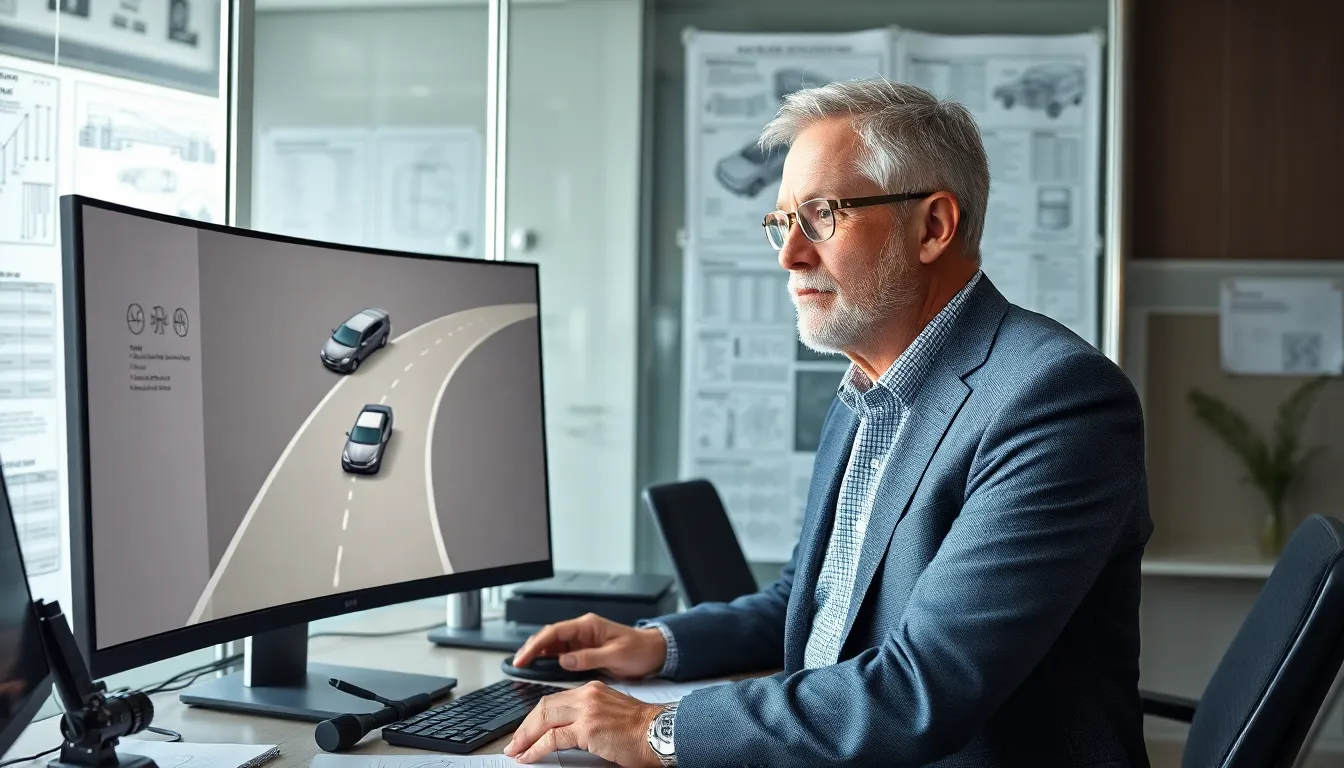Table of Contents
ToggleEver tried to complete a jigsaw puzzle with missing pieces? That’s what accident reconstruction specialists do — except their puzzles involve cars, crashes, and science. These experts dive into the details of collisions, uncovering how and why they happened. Think of it as crime scene investigation for vehicles, minus the dramatic background music. Let’s explore how accident reconstruction turns chaos into clarity and helps keep our roads safer.
What Is Accident Reconstruction?

Accident reconstruction is the science of understanding how a crash occurred by analyzing physical evidence, vehicle data, and human behavior. Using engineering, physics, and forensics, experts determine speed, angles of impact, and environmental factors. Their findings are vital for law enforcement investigations, insurance claims, and court cases — often determining who was truly at fault.
Why It’s Important
Reconstruction helps uncover the truth behind conflicting accounts and supports fair legal outcomes. For cities and safety officials, it also provides insight into road design, signage, and driver education. By learning from past collisions, experts help prevent future ones — saving lives and improving traffic systems.
How Experts Reconstruct Accidents
Modern technology has transformed the process. 3D laser scanning and drone mapping allow precise digital recreations of crash scenes, capturing details like skid marks and debris. Simulation software tests different scenarios, helping analysts calculate speed, braking, and angles of impact. Combined with eyewitness accounts and vehicle “black box” data, these tools paint a complete picture of what happened.
Challenges in Reconstruction
Reconstruction isn’t always straightforward. Weather, lighting, and inconsistent witness memories can complicate findings. Human factors like distraction or fatigue add more variables. Experts must consider every detail — from road conditions to driver reaction times — to ensure their conclusions are accurate and unbiased.
Real-World Impact
Case studies show how reconstruction changes outcomes. For example, in a multi-car highway pileup, experts used data, weather reports, and vehicle positioning to reveal that poor visibility and speeding triggered the chain reaction. Their analysis led to improved warning systems and road safety measures. Each investigation not only resolves a mystery but also contributes to preventing future tragedies.







